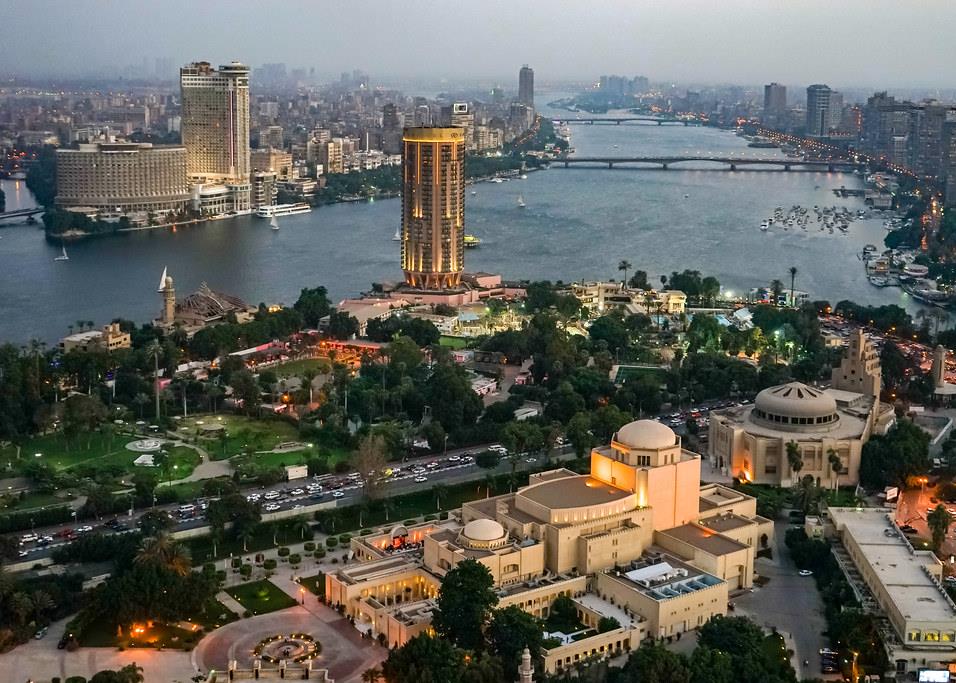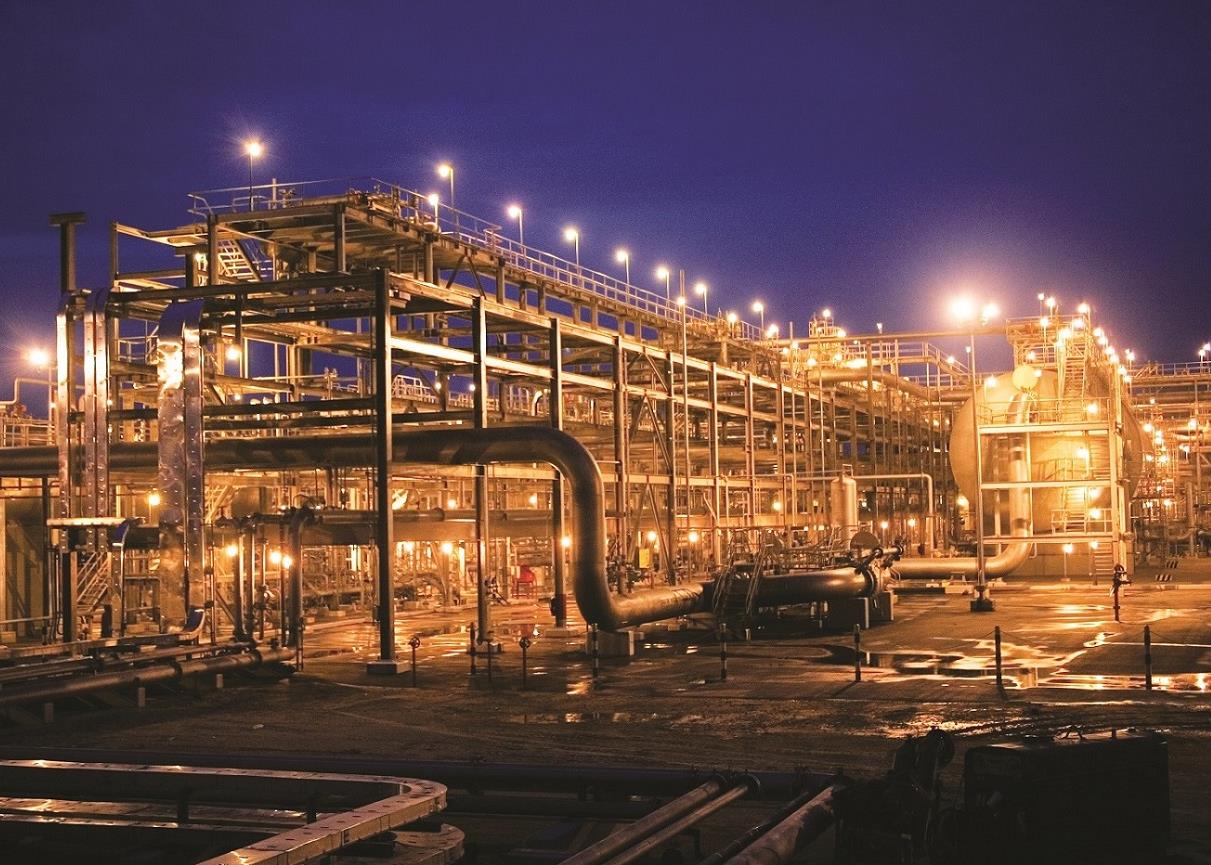
Value of independent power project awards could reach $28.8bn in 2016
The Middle East and North Africa (Mena) power sector is looking forward to sustained project activity through 2016, building on the $65.4bn-worth of contract awards seen in the September 2014-September 2015 period.
Regional utilities will be working to ensure supply keeps pace with demand. In the GCC, this demand reached 89.5GW in 2014, an increase of 8.4 per cent on the previous year. According to the pan-Arab energy investment bank Apicorp, the GCC alone will see 76.8GW of power generation capacity added over the 2016-20 period.
All this suggests that governments have decided to give a serious push to independent power projects (IPPs) as a priority for coming years. MEED estimates the value of IPP awards could reach $28.8bn in 2016 as state utilities turn to the private sector to assist with their capacity-building programmes.
Saudi Arabia
The kingdom is tasked with meeting rising power demand in a country that boasts one of the highest per capita electricity consumption rates in the world. According to forecasts by the kingdoms Electricity & Cogeneration Regulatory Authority, peak demand will climb to 75,000MW in 2020, an increase of 21,000MW from 2014, based on an average population growth rate of 4.5-5 per cent a year. Installed capacity in 2014 was estimated at 69,761MW.
Given that Saudi Arabia burns about 700,000 barrels a day (b/d) of oil for power generation during the summer months in order to keep pace with consumption, there is a pressing need to create new capacity and free up oil for export.
The kingdoms apparent embrace of a wider range of energy sources including renewable and nuclear is timely. State utility Saudi Electricity Company (SEC) is progressing with plans to develop at least three integrated solar and combined-cycle (ISCC) power plants.
Saudi Arabia is also pushing an IPP programme, although it is expecting to award just one IPP in 2016
Consultants are working on bids for the owners engineer contract on the planned 3,780MW ISCC in Taiba in the western Medina region of the kingdom. SEC is moving ahead with plans to develop the plant, which will cost upwards of $3bn to build. Spains Initec Energia signed a contract with SEC to provide engineering, procurement and construction services for the Duba ISCC.
Like other Gulf states, Saudi Arabia is also pushing an IPP programme, although it is expecting to award just one IPP in 2016, the 1,200-1,600MW Fadhili co-generation plant, backed by SEC in association with Saudi Aramco, which is expected to cost $1.5bn.
Kuwait
With power demand surging, Kuwaits Ministry of Electricity & Water (MEW) estimates an additional 10,500MW of generation capacity will be required by 2022 if it is to cater for peak demand growth. Installed capacity is just 14,042MW. With renewed momentum in the project market, the MEW is looking to build new plants and expand existing ones. IPPs are set to figure prominently.
Kuwait is one of the few Mena states to publish long-term plans for IPPs. Three are planned for 2016, worth a total of about $3bn. These comprise: the Al-Zour North 2 independent water and power project (IWPP), which will have a 1,500MW capacity; the Al-Khiran IWPP, which will have 1,800MW; and the Al-Abdaliya ISCC, with a 280MW generation capacity.
Looking further ahead into 2017, Kuwait expects to award the Al-Khiran 2 IPP, with 1,500MW of capacity, and the Al-Zour 3 IWPP, with 1,800MW of capacity.
The Kuwait Authority for Partnership Projects (KAPP) has invited prequalified consortiums to submit bids for the Al-Zour North 2 IWPP by mid- January 2016. Tender documents will then be issued for Al-Khiran and for the Al-Abdaliya ISCC. Al-Zour North 1, meanwhile, is set to begin commercial operations in November 2016. The MEW is also expanding existing capacity, for example inviting bids in 2015 to grow the Subiya power plant by 500MW.
UAE
The UAE has proved to be one of the few Mena countries prepared to tackle electricity subsidies, having introduced price rises in January 2015. It is also in the vanguard of renewables, with the Dubai Electricity & Water Authority (Dewa) backing the regions largest proposed solar project in the shape of the 800MW third phase of the Sheikh Mohammed bin Rashid al-Maktoum solar park.
These projects along with an ambitious nuclear power generation effort that will result in four 1,400MW reactors coming on stream from 2017 onwards will help to expand installed capacity, which for the two largest emirates, Dubai and Abu Dhabi, reached 26,000MW in 2014.
The government has announced plans to spend $35bn to diversify its energy resources for power generation. Energy Minister Suhail bin Mohammed al-Mazroui said in October that the aim was to decrease dependence on natural gas from almost 100 per cent of power generation to 70 per cent by 2021.
The UAE could achieve at least 10 per cent use of renewables in its energy mix by 2030, saving about $1.9bn a year, according to the International Renewable Energy Agency.
The UAE is engaged in an IPP programme that takes in renewables. In Dubai, phase 2 of the Mohammed bin Rashid al-Maktoum solar park is under construction, working to a 200MW capacity. In 2016, expressions of interest are expected for the third-phase expansion to 800MW. Dewas Hassyan IPP a 1,200MW coal-fired project is also seeking financing. Dewa named a consortium comprising Saudi Arabias Acwa Power and Chinas Harbin as preferred bidders on the Gulfs first large coal-fired power project.
Oman
Oman Power & Water Procurement Company (OPWP), the government offtaker for all power and water in the sultanate, forecasts that peak demand in the main interconnected system will grow at about 9 per cent a year, from 5,122MW in 2014 to reach 9,530MW in 2021. That means unleashing more capital expenditure on expansion projects.
The sultanates electricity generation and transmission firms are set to invest a total of RO2bn ($5.2bn) over the next five years to expand electricity and water networks. Installed capacity of just below 8,000MW will need to be increased to meet the demand surge.
Oman is pushing ahead with private sector financed and operated power projects
Having pioneered the Gulfs first IPP in the mid-1990s, Oman is pushing ahead with private sector financed and operated power projects. OPWP is evaluating bids for what will be Omans largest ever IPP, the 3,200MW Sohar 3/Ibri IPP.
This project follows on from the commissioning at the end of 2014 of the Sur IPP, which added 2,000MW of capacity. OPWP is considering splitting the proposed Ibri/Sohar 3 IPP into two contracts, and selecting two developers to build the plants. While the 3,200MW Sohar/Ibri 3 project will be developed on two sites, it had been tendered as one developer contract with a separate special-purpose vehicle for each plant.
Qatar
According to Qatar Electricity & Water Corporation (Kahramaa), expansion plans will grow capacity from 8,600MW to 11,000MW by the first half of 2018. Kahramaa is planning a big spend to ensure it keeps on top of power demand growth. It has promised to invest $22bn in 2014-22, adding 2,100MW in generating capacity and 140 substations.
One of the biggest projects on Dohas books is the Facility D IWPP that reached financial close in November 2015. Facility D, located in the Qatar Economic Zone near Mesaieed, will have a capacity of 2,500MW. The $3bn project is expected to generate its first electricity in 2017, before full operation the following year.
Qatar has experience with private power, having brought the 2,730MW Ras Gritas project on stream in 2011, developed under a 25-year build-own-operate-transfer contract. This project alone met almost 30 per cent of national electricity demand and 20 per cent of water supply needs in 2011.
Bahrain
Bahrain needs more electricity generation capacity, with the margin between installed capacity and peak demand standing at less than 800MW in 2014. The commissioning of the remaining 828MW of the 1,234MW Addur 1 IWPP in the first quarter of 2012 brought installed generating capacity in Bahrain up to 3,934MW.
It will use private power models where it can in order to boost output. The Electricity & Water Authority (EWA) is moving ahead with plans to develop the estimated $1.5bn Al-Dur 2 IPP, with advisors due to be appointed. This gas-fired plant will have 1,500MW of capacity, with commissioning expected between 2017 and 2019.
EWA is predicting peak demand for electricity to increase by an annual average of 6.4 per cent until 2020. It will spend $1.5bn on power generation facilities and a further $1bn on transmission projects in the next four to five years. This is in addition to expansions anticipated from major corporates such as Aluminium Bahrain (Alba), which is set to build a 1,300MW plant as part of its plans for a sixth potline.
Egypt
Egypts power sector is home to some of the most ambitious plans in the region, with close to $70bn of total investment planned to keep up with demand trends up to 2022. The Electricity & Energy Ministry is planning for $25bn of the total $70bn to come from the private sector, building on the countrys three existing IPPs. This would grow capacity from about 32,000MW today, which compares to about 27,700MW of peak demand.
Egypts power sector is home to some of the most ambitious plans, with close to $70bn of investment planned
Privately financed projects include the 2,250MW Dairut IPP, for which Acwa Power is approaching banks. A power-purchase agreement is unlikely to be signed before the end of 2015. Almost 5,000MW of renewables projects are also planned, both on a build-operate-transfer basis and on feed-in tariffs.
Egypt is one of the Mena regions nuclear power pioneers. The government signed an agreement with Russian state nuclear provider Rosatom in November for the construction and operation of Egypts first nuclear power plant at El-Dabaa. The deal covers the development of a plant equipped with four 1,200MW reactors. The aim is to produce nuclear energy as early as 2022.
You might also like...

Aramco allows more time for MGS package revised prices
18 April 2024

Morocco tenders high-speed rail project
18 April 2024

Egypt resumes power cuts
18 April 2024

Petrofac awards carbon capture sub-contract
18 April 2024
A MEED Subscription...
Subscribe or upgrade your current MEED.com package to support your strategic planning with the MENA region’s best source of business information. Proceed to our online shop below to find out more about the features in each package.








